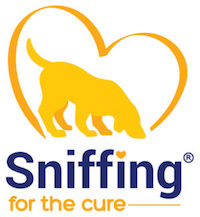I love all of my dogs, but I have to admit that I have a special bond with Albert (my black Labrador). Several years ago, he was found to have a mast cell tumor. Fortunately, Albert’s tumor was removed, and he is doing well. Now, not all dog’s stories end up this way.
Mast cell tumors are prevalent in dogs. They account for approximately 20% of all skin tumors in dogs. Although mast cell tumor is the most common skin tumor in dogs, it also affects other organs such as the spleen, gastrointestinal tract, liver, and bone marrow. Certain dogs are predisposed to mast cell tumors, including Boxers, Boston Terriers, Labrador Retrievers, Beagles, and Schnauzers. Boxers, however, have the highest incidence.
In humans, advanced mast cell tumors are rare cancers with a poor prognosis. The most frequently affected organs are the skin, bone marrow, liver, and spleen.
Mast cell tumors can be divided into indolent and aggressive variants. In dogs as well as in humans, it is essential to establish the correct diagnosis and to define whether the patient has an indolent tumor or an aggressive category of the disease.
As we have described in prior blogs, science has shown that human and canine cancers share many similarities. Mast cell tumors are another example of a type of cancer that affects both humans and our furry friends.
In both species, humans, and dogs:
🐾 Mast cell tumors can present as indolent or aggressive disease variants.
🐾 Tumors can have a mutation in a gene called KIT. The KIT molecule can be blocked with anti-KIT drugs.
🐾 Advanced mast cell tumors are often treated by cytotoxic drugs and anti-KIT-drugs.
🐾 There is still a need to develop improved diagnostic tools for this disease.
🐾 There is still a need for improved (curative) drug therapies.
I am hopeful that future research will lead to better treatments for dogs and human patients with these tumors. However, such research efforts will require interdisciplinary communication between human and veterinary medicine.

For now, I celebrate and treasure every moment I get to spend with my Albert.





No Comments